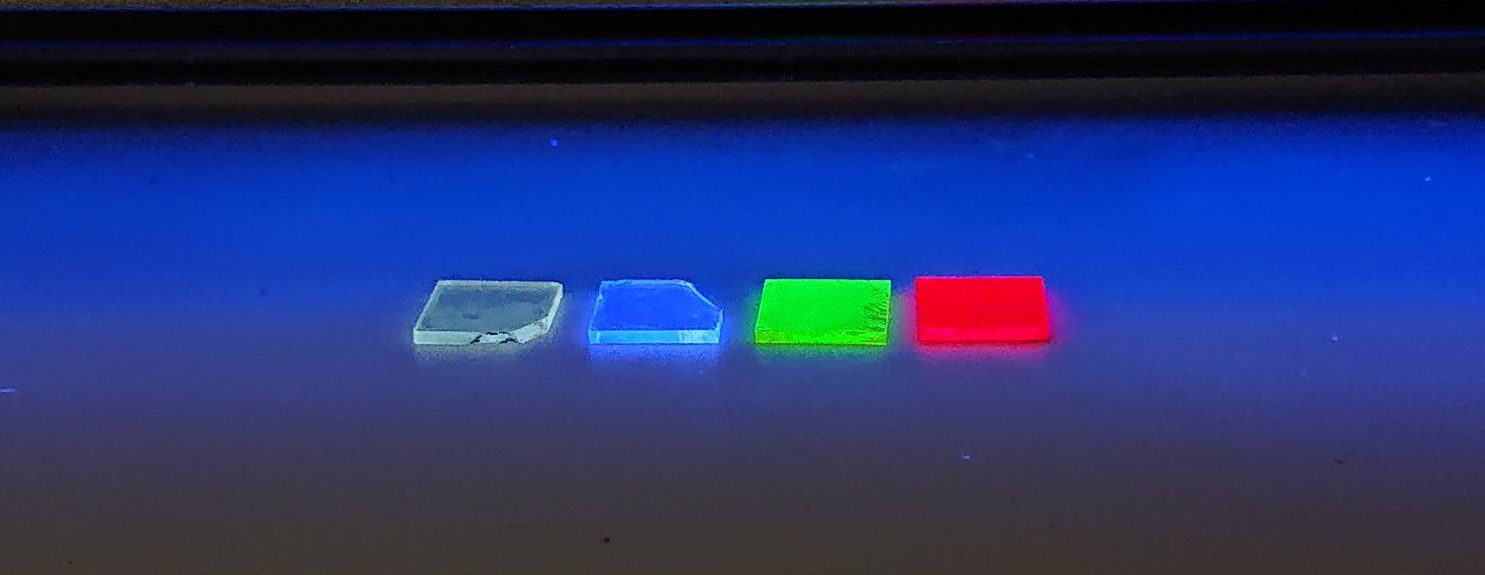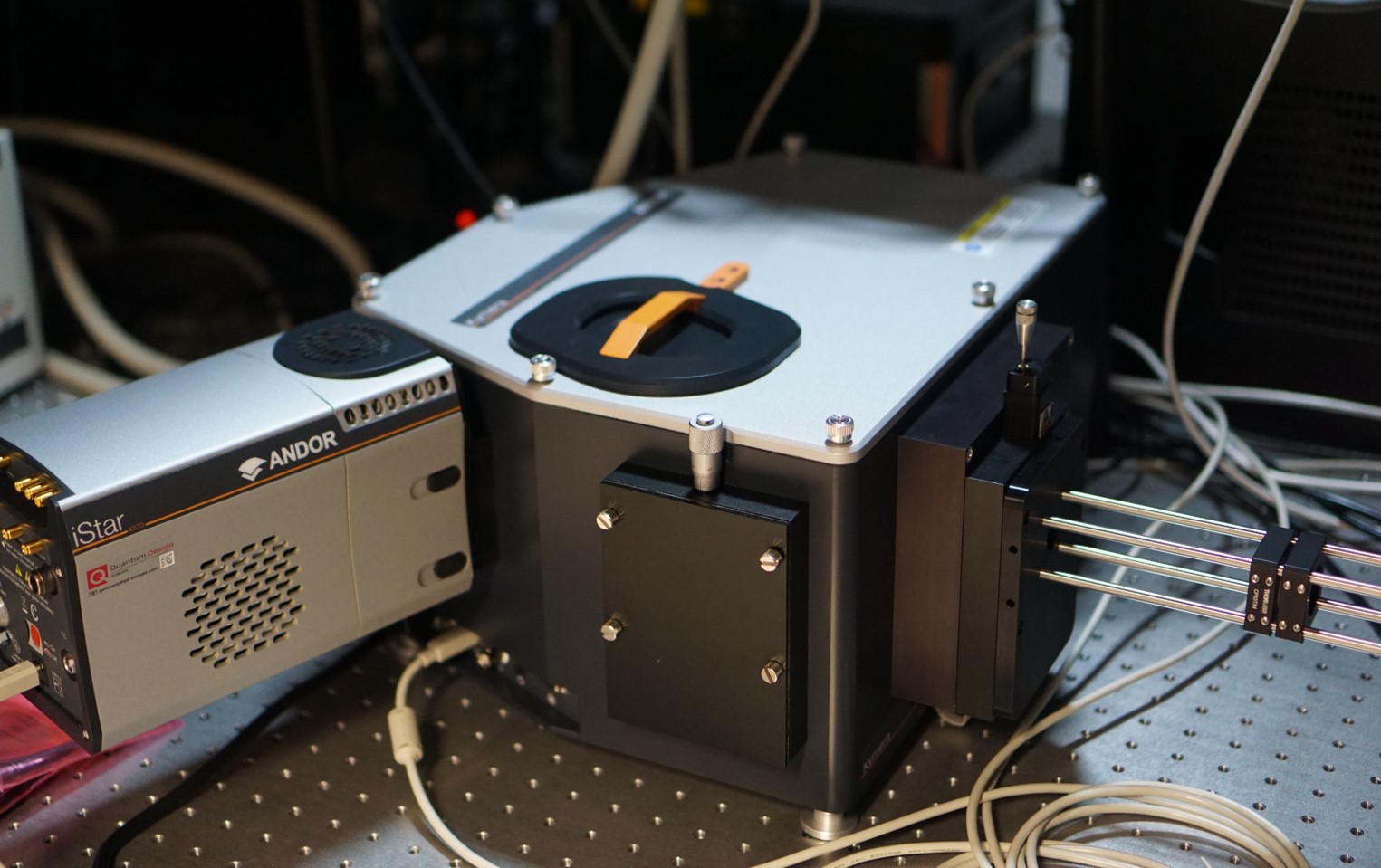
Femtosecond laser System
Coherent Chameleon Discovery
The Chameleon is a powerful broadly tuneable (660-1320 nm) laser source that emits pulses of around 100 fs duration at 80 MHz repetition rate and up to 4 W. We use a pulseSelect pulse picker from APE to reduce the repetition rate (down to 310 Hz) and a HarmoniXX second harmonic generator to cover wavelengths down to 330 nm.































